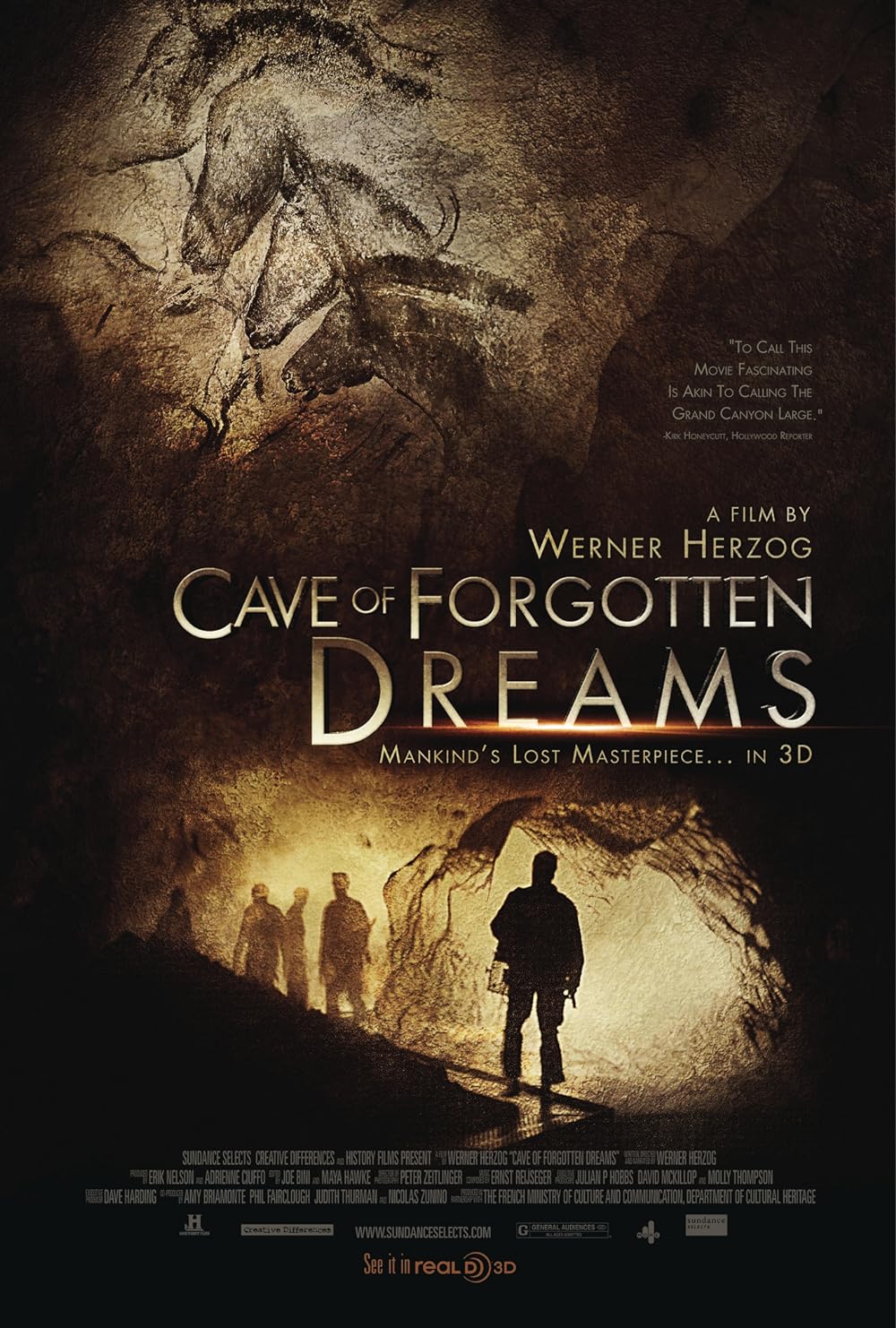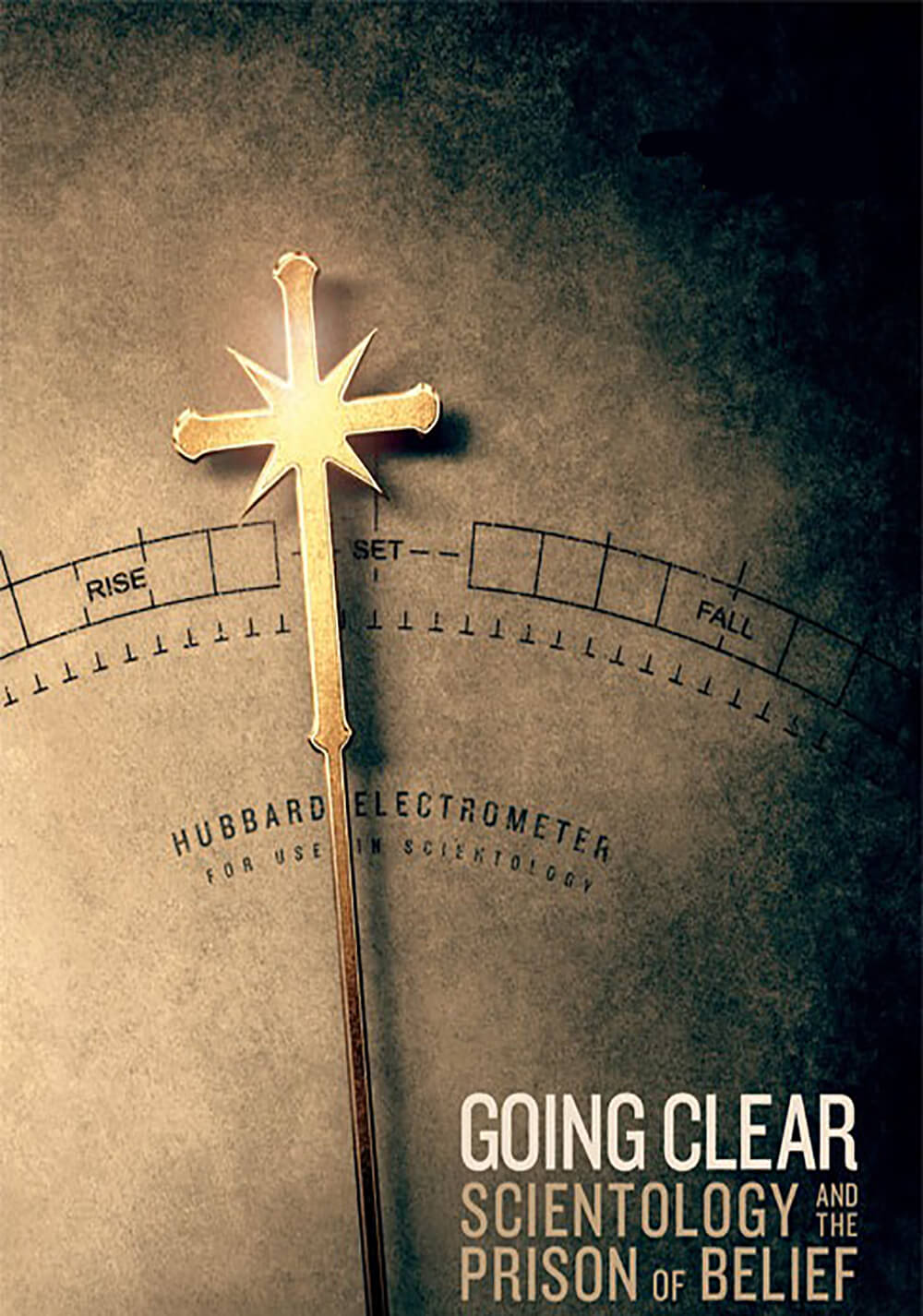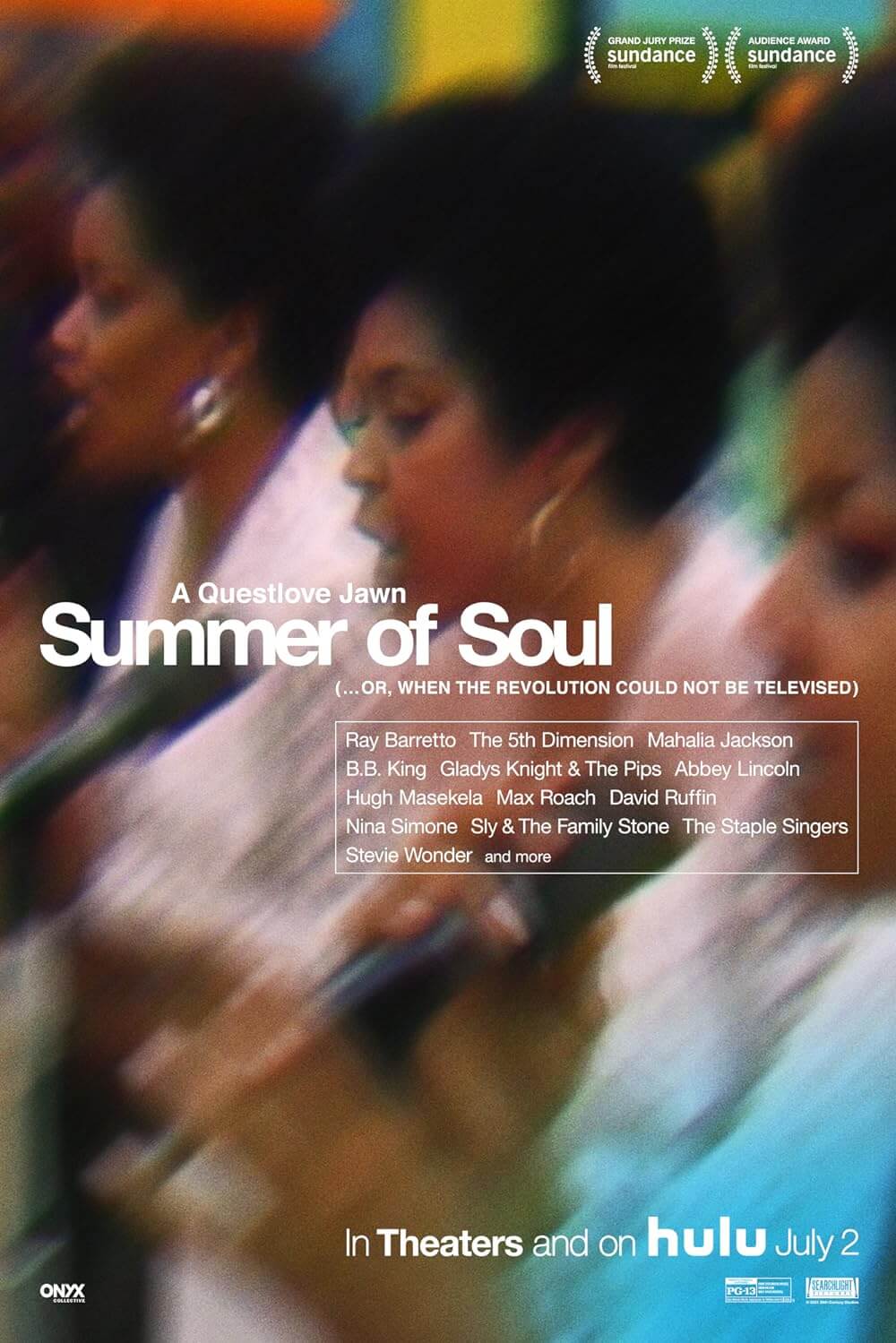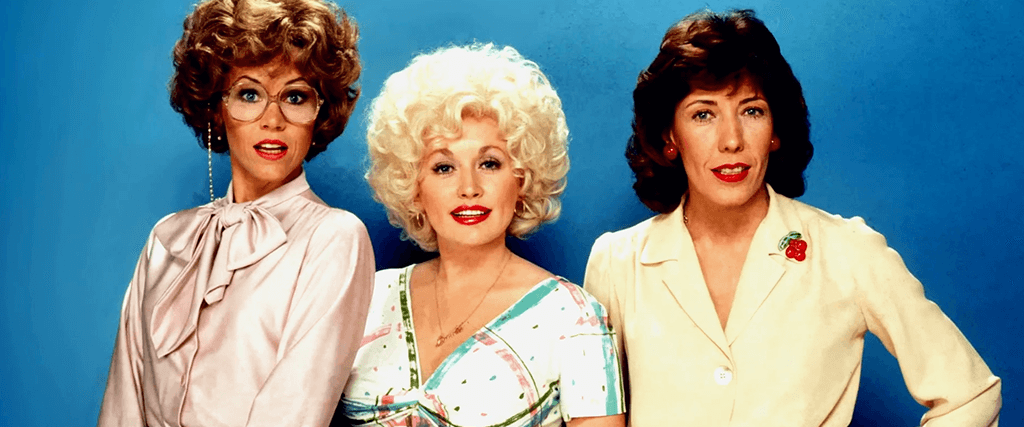
Still Working 9 to 5
By Brian Eggert |
Before watching Still Working 9 to 5, documentarians Camille Hardman and Gary Lane’s film about how 9 to 5 came about and its lasting social impact, I rewatched the 1980 comedy for the first time in over 25 years. Admittedly, I was reeling from some recent corporate interactions and not at all in a pleasant mood. Then Dolly Parton’s snappy lyrics over the opening credits struck me hard, above all the refrain: “They just use your mind/And they never give you credit/It’s enough to drive you/Crazy if you let it.” For anyone who has worked in the corporate world, the whole song is one relatable line after the next, decrying the unfair and exploitative tactics of corporate cultures, while the average working stiff toils to make a living and hopes, fruitlessly, for a little bit of the good life. Although the song remarks on women in the workplace, it felt universal to me. So did the movie. Fittingly, Hardman and Lane’s superb doc balances celebration, history, and social context, in a way that makes one appreciate the original comedy even more.
This loving work of film appreciation explores how 9 to 5 marked a watershed moment in the representation of women in the workplace while also acknowledging that, despite earning the second-highest box-office take of 1980, it didn’t magically solve the problems it confronts. At the time, one in three women were clerical workers, and the pay gap between men and women was considerably worse than today—so was the prevalence of sexual discrimination, harassment, and assault in the workplace. Although these issues still exist, there’s more awareness around them now. In the 1970s, equal rights for women had been stigmatized by a conservative campaign to make “feminism” a dirty word, and in some spaces, it still is. Like Baby Boom (1987) or Working Girl (1988) in the years to follow, 9 to 5 sought to acknowledge that women, especially widows and divorcées, have families to support, and equal compensation is only fair. But it also intended to give men a way to identify with women and see the argument from their side.
Hardman and Lane detail how the production began with Jane Fonda, whose public persona as an activist had blended with her notoriety as an actor—as seen in her development of Coming Home (1978), a harrowing drama about Vietnam veterans, and The China Syndrome (1979), about the dangers of nuclear power. Fonda conceived 9 to 5 to support an association of women office workers in Boston, called Nine to Five, who regularly protested unfair wages, lacking benefits, and poor working conditions for women. Fonda and producer Bruce Gilbert sought to fold their remarks on the issues into an entertaining package, ensuring that the movie never felt preachy and could reach the widest possible audience. The resulting movie would be about the fight for equality for women and creating awareness about the female experience in the corporate world. But the filmmakers knew it couldn’t be overly polemical; it had to entertain first.
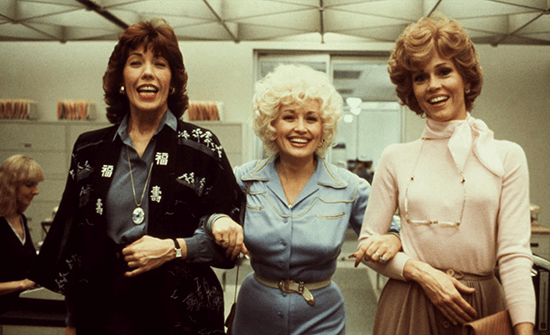 The doc features new interviews with the cast and many who hold 9 to 5 in high esteem. Along with archival interviews, movie clips, and vintage news snippets, the doc is typical in its execution, but the compelling subject matter elevates it. Hardman and Lane establish the movie as a risky venture at the time. “It’s a protest movie of a sort,” says Dolly Parton, who made her screen debut on 9 to 5. The production wanted the popular country singer, who’s a little bit country, as a contrast to Fonda and Lily Tomlin, who are a little bit rock ‘n’ roll. Although there were initially five main characters, revisions to Patricia Resnick’s original screenplay reduced them to three, eliminating some intended ethnic diversity. Still, any discussion of the female experience could be met with heated reactions at the time. Take Vincent Canby’s troublesome review in The New York Times, where he calls the film “militant” in its second-wave feminism, and reasons that Parton’s character should have expected sexual harassment based on her choice of attire.
The doc features new interviews with the cast and many who hold 9 to 5 in high esteem. Along with archival interviews, movie clips, and vintage news snippets, the doc is typical in its execution, but the compelling subject matter elevates it. Hardman and Lane establish the movie as a risky venture at the time. “It’s a protest movie of a sort,” says Dolly Parton, who made her screen debut on 9 to 5. The production wanted the popular country singer, who’s a little bit country, as a contrast to Fonda and Lily Tomlin, who are a little bit rock ‘n’ roll. Although there were initially five main characters, revisions to Patricia Resnick’s original screenplay reduced them to three, eliminating some intended ethnic diversity. Still, any discussion of the female experience could be met with heated reactions at the time. Take Vincent Canby’s troublesome review in The New York Times, where he calls the film “militant” in its second-wave feminism, and reasons that Parton’s character should have expected sexual harassment based on her choice of attire.
Setting aside the dissenting voices of some critics, the doc emphasizes what works so well about 9 to 5. Gilbert compares the movie’s blend of comedy and social consciousness to Preston Sturges’ Sullivan’s Travels (1941), a screwball masterpiece that confronts homelessness, class, and poverty. But I noticed it also bears a resemblance to Sturges’ Unfaithfully Yours (1948), about a conductor who suspects his wife of having an affair and dreams up a series of murderous fantasies. Colin Higgins, famous for his Harold and Maude (1971) screenplay, was hired to rework Resnick’s script and direct, and he introduced the fantasy sequences in 9 to 5. He derived them from interviews with actual clerical workers, who had striking visual and amusingly cartoonish fantasies about murdering their bosses. And, although Hardman and Lane don’t mention this, it’s evident 9 to 5 inspired the two Horrible Bosses movies. Or maybe dreaming about killing your bad boss is just a universal truth of the workplace.
While much of Still Working 9 to 5’s first half considers the production, performance, and social context of the 1980 hit, the latter half addresses the vital issues of equality that continue to inspire debate in the sociopolitical arena, from the Equal Rights Amendment to the #MeToo movement. The doc’s technique becomes a little wobbly here, employing what looks like stock videos of women working to underline its arguments. But it’s no less successful in making its point that, while there have been improvements for women and workers in general, pay gaps, inflexible hours, and unsafe workplaces still exist. Although many documentaries about movies turn into empty, fan-produced experiences, Hardman and Lane have chosen a rich subject, and they explore it thoroughly, giving even more reason to love 9 to 5. Their doc has yet to find distribution, but it’s one to keep on your radar and seek out when it becomes available.
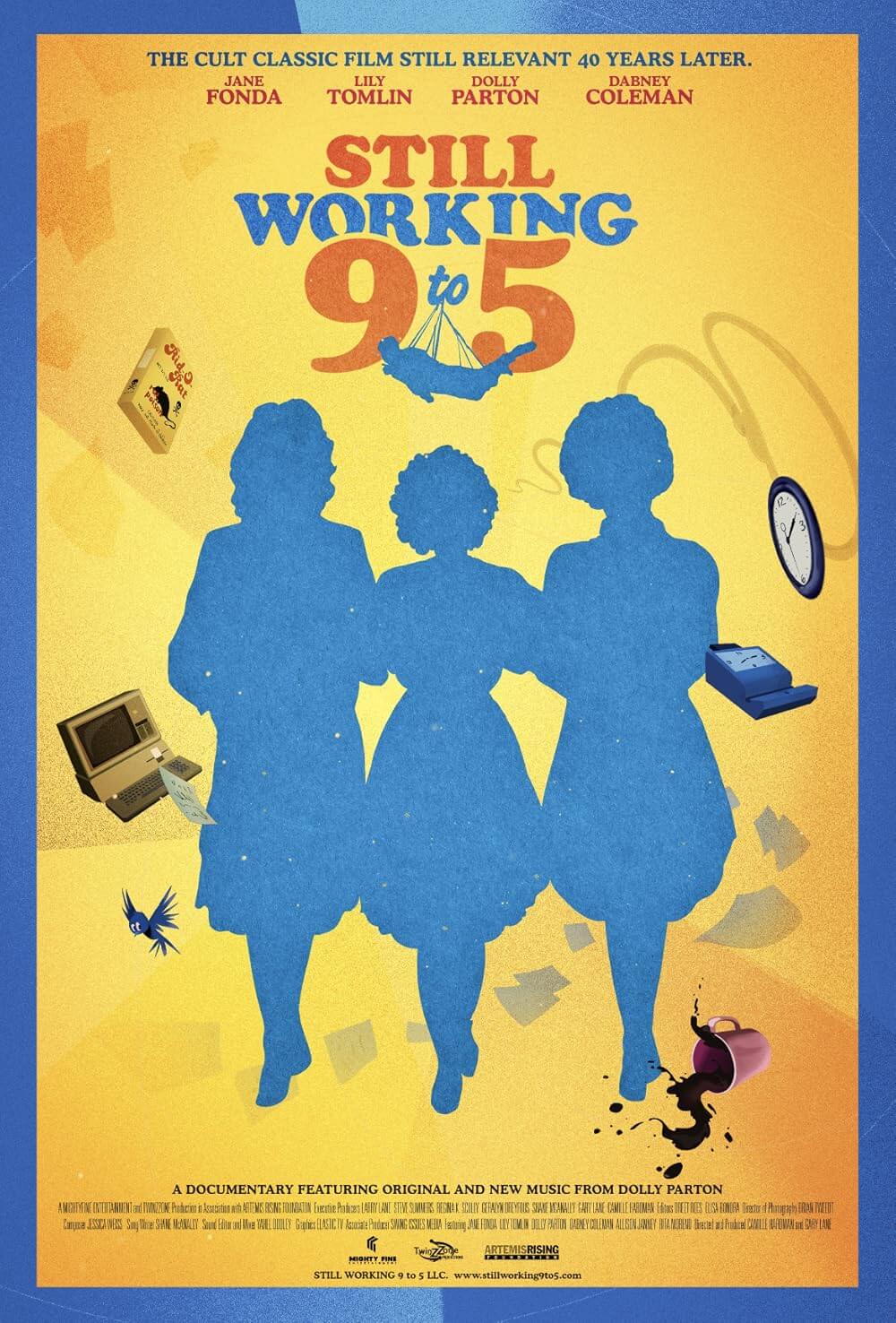
Unlock More from Deep Focus Review
To keep Deep Focus Review independent, I rely on the generous support of readers like you. By joining our Patreon community or making a one-time donation, you’ll help cover site maintenance and research materials so I can focus on creating more movie reviews and critical analysis. Patrons receive early access to reviews and essays, plus a closer connection to a community of fellow film lovers. If you value my work, please consider supporting DFR on Patreon or show your support in other ways.
Thank you for your readership!
Brian Eggert | Critic, Founder
Deep Focus Review


